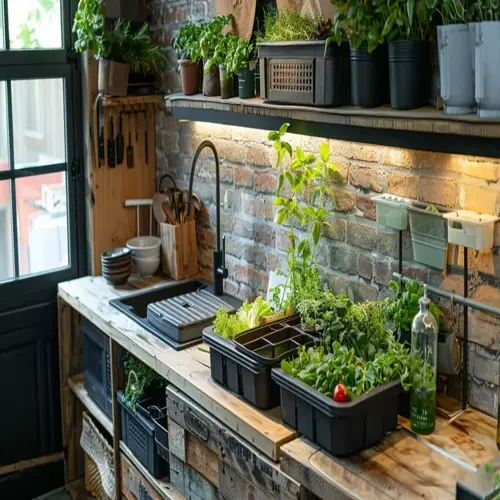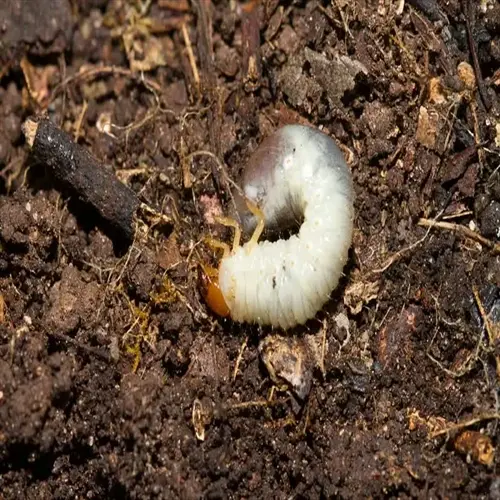How should neem oil be prepared for plant protection?

Written by
Michael Sullivan
Reviewed by
Prof. Samuel Fitzgerald, Ph.D.To effectively protect plants without harm, proper neem oil preparation is critical. Start with emulsifying pure neem oil with liquid soap before adding water. This important step ensures that the neem oil is evenly distributed, providing total coverage of the plant's surfaces. If the mixing is incorrect, ineffective pest control results, and a leaf burn danger is possible.
Emulsification technique determines how effective the solution is. In a small container, mix 1 teaspoon of cold-pressed neem oil with ½ teaspoon of liquid castile soap. Stir vigorously and thoroughly until the two mix well and form a creamy consistency. This breaks down the oil particles so they can be used in water. Never omit this step or emulsification from the process, as it prevents the oil from rising and separating from the water during the spraying process.
Concentration Ratios
- Preventive spray: 5mL neem + 2.5mL soap per 1L water
- Active infestation: Double concentration during outbreaks
- Seedling protection: Half-strength for delicate young plants
Mixing Protocol
- Temperature control: Use room temperature water
- Container choice: Glass or plastic avoids reactions
- Agitation method: Shake bottle every 10 minutes
Solution Maintenance
- Usage window: Apply within 4 hours of mixing
- Storage prohibition: Never save mixed solutions
- Reactivation: Gentle shaking before each spray
The timing of applications significantly influences the effectiveness of pest control. Spray in the early morning or evening when it is cool to avoid burning the leaves. Be sure to spray both the tops and undersides of the leaves, where the pests are likely to be found. Avoid spraying in hot sunlight or when the temperature exceeds 90 degrees Fahrenheit (32 degrees Celsius). Reapply after it rains to wash off the protective coating.
Preventative measures will avoid crop injuries and associated health hazards. Use gloves and eye protection when mixing and applying products. Do not spray in the vicinity of beneficial insects, such as bees, which are active at the time. Before using any new products to the full orchid, test on a few leaves first. Any unused neem oil should be kept in dark glass bottles away from direct heat sources.
Read the full article: 10 Essential Neem Oil Uses You Should Know

